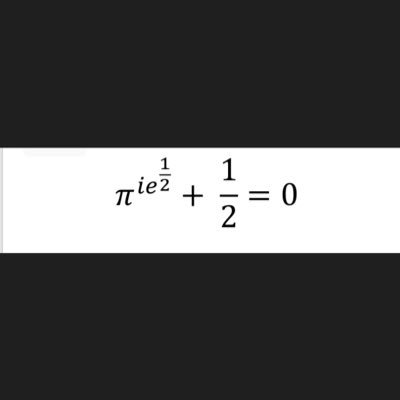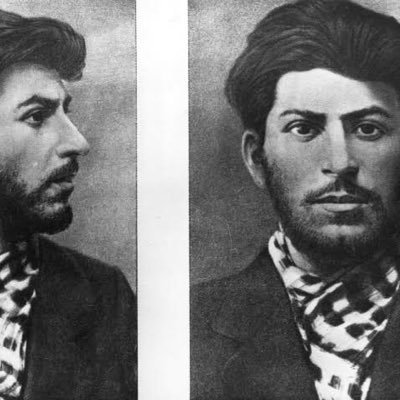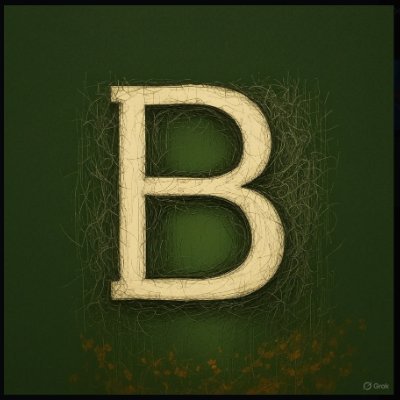The Collatz conjecture, also called the 3n+1 problem, is a simple unsolved math puzzle proposed by Lothar Collatz in 1937. The rule: Start with any positive integer n. → If n is even, divide it by 2 (n/2). → If n is odd, multiply by 3 and add 1 (3n + 1). → Repeat the process with the new number. The conjecture: No matter what positive integer you start with, the sequence will eventually reach 1 (and then loop: 1 → 4 → 2 → 1...). It's been verified for trillions of numbers but remains unproven for all cases.
@TheMathFlow Seems like 'recreational math' conjecture. Is there meaningful use for it? Also, Base10 starts at 0, not 1 So, maybe it was pointless conjecture on his part to think about from perspective of 1, not 0 (let alone NULL being before 0)
@TheMathFlow 3(0)+1 auto starts it as emergence. consider: n as +1 2n as +2 2n+1 as +3. 2n as all evens if 2n+1 as all odds. 3(0)+1 is (2n+1)(n-n)+(n/n)=n/n where n=1.
@TheMathFlow Something-something-something cyclopropane, my organic chemistry teacher would have called that. 😁
@TheMathFlow 21 For those of you dull enough to wonder what the lowest number missing from the picture is.
@TheMathFlow wow! interesting math puzzle: 3n+1 problem
@TheMathFlow and guess what? People in this part of the world think number theory is easy.
@TheMathFlow So n should definitely be greater than 0,... Is there any way to actually start from zero?
Two are better than one, because they have a good return for their labor: If either of them falls down, one can help the other up. But pity anyone who falls and has no one to help them up. Also, if two lie down together, they will keep warm. But how can one keep warm alone? Though one may be overpowered, two can defend themselves. A cord of three strands is not quickly broken. Ecclesiastes 4:9-12 NIV
@TheMathFlow Taught this to class 6th kids. It is there in new NCERT Maths books.
@TheMathFlow I never updated it but you'll find a closed pattern here (more on my yt channel). x.com/jessie_rancour… Someone beat me to the catch though so I dropped it. Their work is here: jsfiddle.net/zwk0byc4/ And unitedcardists.com/viewtopic.php?… And reddit
@TheMathFlow I never updated it but you'll find a closed pattern here (more on my yt channel). x.com/jessie_rancour… Someone beat me to the catch though so I dropped it. Their work is here: jsfiddle.net/zwk0byc4/ And unitedcardists.com/viewtopic.php?… And reddit
@TheMathFlow @grok prove it for all the cases
@TheMathFlow FYI, there's a genius in France, @idrissaberkane, claiming it has demonstrated the conjecture. Btw, he never asked his well-deserved Bakuage prize 🤡
@TheMathFlow I really like the tree diagram on the right.
@TheMathFlow @JustEver_05 @fancier_pigeon0 @greenmar1n para ustedes es correcta la conjetura? O no?
@TheMathFlow Or like the Conjecture from Goldbach Not solvable, but extremely interesting.
@TheMathFlow numbers of perception lock 2 as first prime finding a unitary to mod symmetry in the difference of projecion
@TheMathFlow We’ve got this one. See below for the framework for Collatz. It works well —>
@TheMathFlow We’ve got this one. See below for the framework for Collatz. It works well —>
@TheMathFlow Hidden self-similarrity in collatz sequences. Read a little more. medium.com/@victor_53879/…
@TheMathFlow Math trick. We think of a number and repeat one of two arithmetic operations for it several times. It's surprising that the result of these actions will always be the same. Or not always? Who thinks. No one knows this for sure yet, but no one has yet succeeded in getting somethin
@TheMathFlow P vs NP , Riemann hypothesis or this Collatz conjecture , all will remain unsolved in our lifetime because solving it requires novel approach beyond brute force or the necessary mathematical tools to solve this problem has not been developed yet.
@TheMathFlow Well if a number sequence continues to remain even (or turned even with +1) it will b reduced to 1 if divided by 2. What's the catch here?
@TheMathFlow It has something to do pattern of 4plus 4 plus 2. In future this lock will be opened.
@TheMathFlow "The rule: Start with any positive integer n." That is the first mistake by handling the conjecture. You need to start only with odd numbers. I wrote a phantasy book on the base of CC, it includes the proof of CC with formulas and graphics. Its name: "Hellstairs to Heaven"
@TheMathFlow It should simply be considered proven. Not a big deal if it turns out to be wrong eventually.
@TheMathFlow Sombrero matemático 🧠: El problema de Collatz sigue abierto; lo estudié y programé hace años en un ordenador de los 90, que casi se sobrecalienta 😅. Trillones de casos probados, pero aún sin solución general. Fascinante y desafiante, ¡la matemática viva! #MAT #Collatz

































